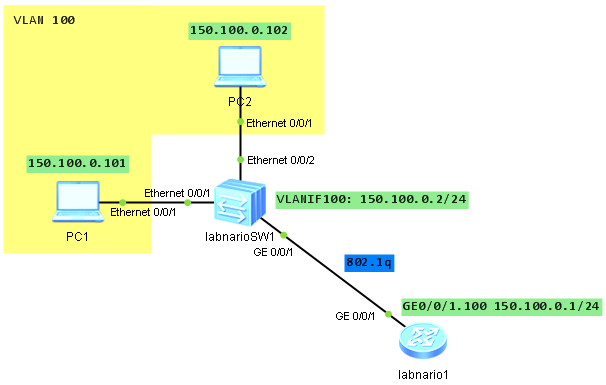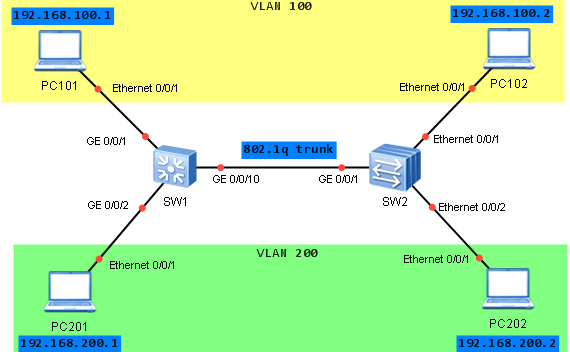Network administrators often need to capture packets, on switches or routers, to locate faults. Some devices do not support remote mirroring, that’s why administrators have to go on-site to capture packets, using local mirroring.
We have a useful command (capture-packet …), on some devices, to catch packets remotely. When taking S5700 switch into consideration, we can capture all packets from an interface (port mirroring) or packets matching specified rules (traffic mirroring). These capture packets can be sent to FTP or TFTP servers and displayed on terminal screen. CX600 and NE40E routers with V6R3 software version can send capture packets to local CF card (name.cap file).
Let’s look at this command:
[Huawei]capture-packet ? acl Acl cpu Packet send to cpu interface Ingress Interface
As you can see you can use port or traffic mirroring. You can also catch packets sent to CPU.
[Huawei]capture-packet interface GigabitEthernet 0/0/1 destination ? ftp-server Send to ftp server terminal Output terminal tftp-server Send to tftp server
 Labnario Huawei From Scratch
Labnario Huawei From Scratch


